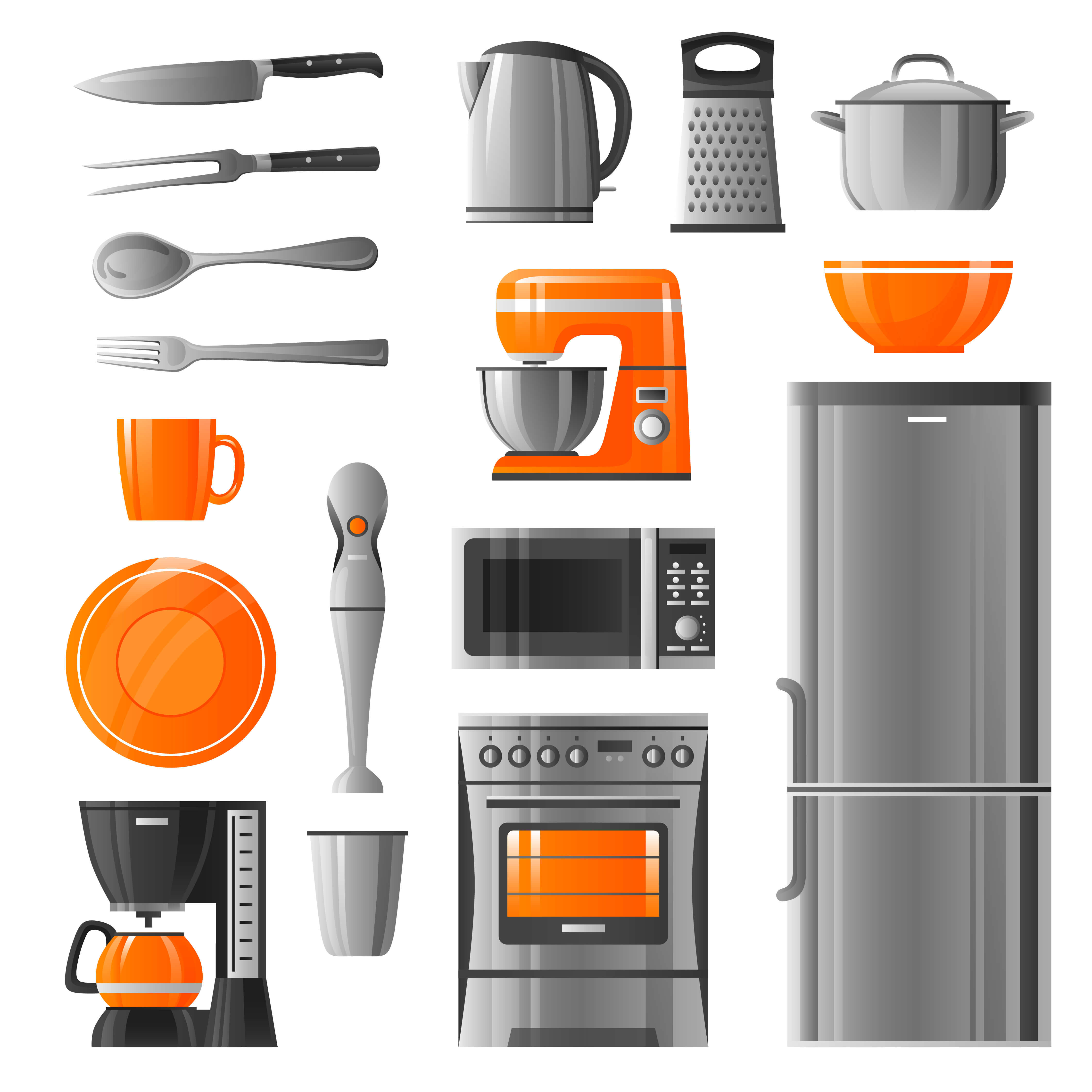In order to contribute towards the environment through washing your clothes in your washing machine, in an eco friendly way, soapnuts are the answer.
Soapnuts, also known as soapberries, are natural alternatives to chemical-based laundry detergents. They come from the Sapindus genus of trees and contain saponins, which are natural surfactants that create a lather when mixed with water. Using soapnut water for washing clothes can potentially extend the life of clothes and washing machines in several ways:
- Gentle Cleaning Action : Soapnuts provide a gentle yet effective cleaning action, removing dirt, grime, and odors from clothes without harsh chemicals. This gentler approach to cleaning can help preserve the fabric’s integrity and prevent excessive wear and tear, extending the lifespan of clothes and the drained water does not pollute or contaminate/damage the environment. Soapnut water is harmless and gentle on your hands’ skin.
- Reduced Chemical Exposure : Traditional laundry detergents often contain synthetic chemicals, fragrances, and additives that can be harsh on fabrics and irritate sensitive skin. Soapnuts offer a natural and hypoallergenic alternative, reducing exposure to potentially harmful substances and minimizing the risk of allergic reactions or skin irritation.
- Environmentally Friendly : Soapnuts are biodegradable and renewable, making them an eco-friendly choice for laundry. Unlike chemical-based detergents that can pollute waterways and harm aquatic ecosystems, soapnuts break down naturally and have minimal environmental impact. Using soapnut water for washing clothes aligns with sustainable living practices and contributes to environmental conservation efforts.
- Preservation of Washing Machine : Soapnuts produce minimal suds compared to conventional detergents, reducing the risk of soap residue buildup in washing machines. Soap residue can accumulate over time and lead to issues such as clogged drains, foul odors, and decreased machine efficiency. By using soapnut water, you can help maintain the cleanliness and functionality of your washing machine, potentially extending its lifespan and reducing the need for maintenance or repairs.
- Energy Efficiency : Soapnuts require lower water temperatures for effective cleaning compared to some chemical detergents. Washing clothes in cooler water temperatures not only saves energy but also helps preserve the color and integrity of fabrics, reducing the risk of fading or shrinkage over time.
Overall, using soapnut water for washing clothes offers a range of benefits for both the fabrics and the washing machines. It provides a natural, gentle cleaning solution that can help prolong the life of your clothes, minimize the environmental impact and maintain the efficiency of the washing appliances.
Since Digi2l believes in and promotes a green and a safe eco system, we share the recipe of preparing the soapnuts for washing your clothes, in your washing machines below :
Using soapnuts for washing clothes in a washing machine is a simple process. Here’s a step-by-step guide:
- Prepare the soapnuts : Start by obtaining soapnuts, either in whole or powdered form. If you have whole soapnuts, you’ll need to create a soapnut solution by soaking them in water. For powdered soapnuts, measure out the appropriate amount according to the manufacturer’s instructions.
- Create the soapnut solution : If you’re using whole soapnuts, place 4-6 soapnuts in a muslin bag or cloth pouch to prevent them from dispersing in the washing machine. Then, place the bag of soapnuts in a bowl or container filled with approximately 2-3 cups of hot water. Allow the soapnuts to soak for at least 30 minutes or longer to release their natural saponins and create a concentrated solution.
- Add the soapnut solution to the washing machine : Once the soapnut solution is ready, transfer it to the detergent compartment of your washing machine. If you’re using powdered soapnuts, simply add the appropriate amount directly to the detergent compartment.
- Load the laundry : Sort your laundry by color, fabric type, and washing instructions as usual. Place the clothes in the washing machine drum, being careful not to overload it. Avoid washing delicate fabrics or garments with special care instructions in hot water or with strong agitation.
- Select the washing cycle : Choose the appropriate washing cycle on your washing machine based on the type of fabric and level of soiling. Since soapnuts produce minimal suds, it’s recommended to use a longer wash cycle with a pre-soak option for heavily soiled clothes or stains.
- Start the washing cycle : Once you’ve selected the desired settings, start the washing machine to begin the cycle. The soapnut solution will dissolve and distribute throughout the wash water, providing gentle yet effective cleaning action for your clothes.
- Remove and Dry the clothes : After the washing cycle is complete, remove the clothes from the washing machine and hang them to dry or transfer them to the dryer, depending on your preference and fabric care instructions.
- Reuse or dispose the soapnuts : If you used whole soapnuts, you can reuse them for another laundry cycle or for other household cleaning purposes. Simply allow them to dry between uses. If you used powdered soapnuts, store any remaining powder in a cool, dry place for the future use.
By following these steps, you can effectively use soapnuts for washing clothes in your washing machine, enjoying the benefits of natural, eco-friendly laundry detergent.








